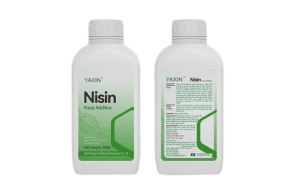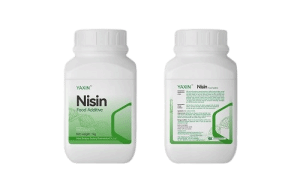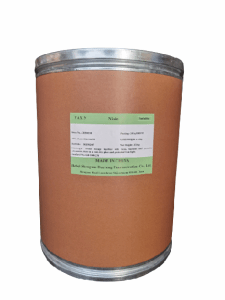
 CONTACT
CONTACT
- Linkman:Linda Yao
- Tel: +8618231198596
- Email:linda.yao@dcpharma.cn
- Linkman:CHARLES.WANG
- Department:Overseas
- Tel: 0086 0311-85537378 0086 0311-85539701
The Use of Natamycin in Beverages
TIME:2025-02-21The use of natamycin in beverages involves many aspects, the following is a detailed introduction:
I. Purpose of Addition
1. Inhibition of Fungal Growth:
Beverages, especially fruit juices and tea drinks, are rich in nutrients and susceptible to fungal contamination, which can lead to spoilage and fermentation. Natamycin specifically binds to ergosterol in fungal cell membranes, forming pores that disrupt membrane integrity. This causes leakage of intracellular contents, thereby inhibiting the growth and reproduction of fungi and extending the shelf life of beverages.
2. Maintaining Product Quality:
By suppressing fungal growth, natamycin prevents deterioration phenomena in beverages, such as cloudiness, sedimentation, and off-flavors. This helps preserve the color, taste, and aroma of the beverage, maintaining its stability and consistency while enhancing its commercial value.
II. Usage Limits
1. International Regulations:
According to the Codex Alimentarius Commission (CAC), the maximum allowable concentration of natamycin in beverages is generally 0.02–0.03 g/kg.
2. Domestic Regulations (China):
According to China’s National Food Safety Standard for the Use of Food Additives (GB 2760):
The maximum usage limit of natamycin in fermented alcoholic beverages is 0.01 g/kg.
For fruit and vegetable juices (purees) and their beverages, the maximum allowable amount is 0.3 g/kg.
In actual production, manufacturers typically adjust the dosage within these legal limits based on the beverage's specific formulation, production process, and desired shelf life.
III. Methods of Addition
1. Addition After Dissolution:
Natamycin is usually first dissolved in an appropriate amount of water or another solvent to prepare a solution of a certain concentration. This solution is then added at the appropriate stage of beverage production—for example, during the blending phase, the dissolved natamycin solution is slowly introduced into the mixing tank while stirring to ensure even distribution throughout the beverage.
2. Combination with Other Additives:
Natamycin can be used in conjunction with other food additives, such as preservatives and antioxidants, to enhance the preservative and shelf-life-extending effects. However, attention must be paid to potential interactions and compatibility issues between additives to avoid compromising product quality. For instance, in carbonated beverages, it can be combined with preservatives like sodium benzoate to inhibit microbial growth through different mechanisms.
IV. Precautions
1. Stability Issues:
The stability of natamycin varies under different pH levels and temperatures. It is more stable in acidic beverages but may gradually degrade and lose effectiveness in alkaline environments. Therefore, when adding natamycin, factors such as the beverage’s pH must be considered to determine the appropriate timing and dosage to ensure effectiveness.
2. Interactions with Other Ingredients:
Certain beverage components, such as proteins and polysaccharides, may interact with natamycin and affect its antifungal efficacy. For example, proteins can bind to natamycin, reducing its free concentration in the solution and thereby diminishing its antifungal activity. In practice, formulation adjustments should be optimized through testing to minimize these adverse effects.
3. Detection and Monitoring:
To ensure that the amount of natamycin in beverages complies with regulations and that the product remains safe and reliable, manufacturers should establish a comprehensive detection and monitoring system. This includes regularly testing the natamycin content in products and strengthening hygiene management during production to prevent microbial contamination.
- Tel:+8618231198596
- Whatsapp:18231198596
- Chat With Skype







